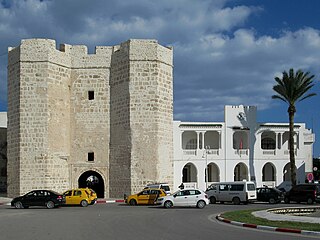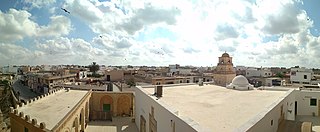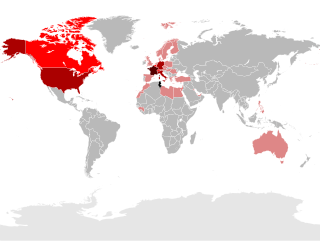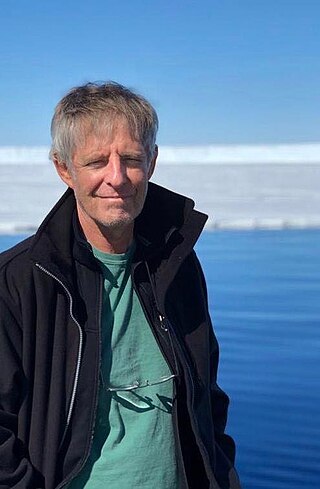Gallery
- Antiquity collection
- Coffre
- Métier à tisser (Manual loom)
The Mahdia Museum is a museum in Tunisia specialising in Tunisian archaeology and heritage. It is located in the city of Mahdia. [1]
The museum collections includes Punic, Roman, Byzantine and Islamic elements and concentrates on popular traditions of central Tunisia.
The museum has extensive collections Punic, Roman and Byzantine culture of North Africa. The Mahdia Museum also has a section dedicated to underwater archaeology including the Mahdia shipwreck. The wreck is a Hellenistic period Greek merchant vessel sunk during a storm in the 1st century BC. It contained a rich cargo of works of art and architectural elements including many columns, as well as many sculptures of marble and bronze. The museum maintains strong ties to the Bardo National Museum.
The Islamic collections include works back to the 10th century, when the area was ruled by the Fatimids. The artifacts include woodworks, mosaics, stucco work, ceramics, pottery, fabrics and traditional costumes.

Carthage was the capital city of Ancient Carthage, on the eastern side of the Lake of Tunis in what is now Tunisia. Carthage was one of the most important trading hubs of the Ancient Mediterranean and one of the most affluent cities of the classical world.

The shipwreck of Mahdia was found by Greek sponge fishermen off the coast of Tunisia in June 1907. The shipwreck near the modern town of Mahdia is dated about the 80s BC, or even later.

The Tunisian Sahel or more precisely the Central East Tunisia Region is an area of central eastern Tunisia and one of the six Tunisian regions. It stretches along the eastern shore, from Hammamet in the north to Mahdia in the south, including the governorates of Monastir, Mahdia and Sousse. Its name derives from the Arabic word sāḥil (ساحل), meaning "shore" or "coast". The region's economy is based especially on tourism and it contains the second-biggest airport in Tunisia: Monastir Habib Bourguiba International Airport.

Sousse or Soussa is a city in Tunisia, capital of the Sousse Governorate. Located 140 km (87 mi) south of the capital Tunis, the city has 271,428 inhabitants (2014). Sousse is in the central-east of the country, on the Gulf of Hammamet, which is a part of the Mediterranean Sea. Its economy is based on transport equipment, processed food, olive oil, textiles, and tourism. It is home to the Université de Sousse.

Salakta is a small Tunisian village situated by the sea.

Mahdia is a Tunisian coastal city with 62,189 inhabitants, south of Monastir and southeast of Sousse.

Hadrumetum, also known by many variant spellings and names, was a Phoenician colony that pre-dated Carthage. It subsequently became one of the most important cities in Roman Africa before Vandal and Umayyad conquerors left it ruined. In the early modern period, it was the village of Hammeim, now part of Sousse, Tunisia.

El Djem or El Jem is a town in Mahdia Governorate, Tunisia. Its population was 21,576 during the 2014 census. It is home to Roman remains including the "Amphitheater of El Jem".

Maktar or Makthar, also known by other names during antiquity, is a town and archaeological site in Siliana Governorate, Tunisia.

Tunisians are the citizens and nationals of Tunisia in North Africa, who speak Tunisian Arabic and share a common Tunisian culture and identity. In addition, a Tunisian diaspora has been established with modern migration, particularly in Western Europe, namely France, Italy and Germany.

Mensun Bound is a British maritime archaeologist born in Stanley, Falkland Islands. He is best known as director of exploration for two expeditions to the Weddell Sea which led to the rediscovery of the Endurance, in which Sir Ernest Shackleton and a crew of 27 men sailed for the Antarctic on the 1914–1917 Imperial Trans-Antarctic Expedition. The ship sank after being crushed by the ice on 21 November 1915. It was rediscovered by the Endurance22 expedition on 5 March 2022.

The Bardo National Museum is a museum of Tunis, Tunisia, located in the suburbs of Le Bardo.

The Lamta Archaeological Museum is an archaeological museum located in Lamta, Tunisia.

The Sousse Archaeological Museum is an archaeological museum located in Sousse, Sousse Governorate, Tunisia.

Carthage National Museum is a national museum in Byrsa, Tunisia. Along with the Bardo National Museum, it is one of the two main local archaeological museums in the region. The edifice sits atop Byrsa Hill, in the heart of the city of Carthage. Founded in 1875, it houses many archaeological items from the Punic era and other periods.
Ksour Essef or Ksour Essaf is a town and commune in the Mahdia Governorate, Tunisia, on the coast of the Sahel, about 200 km south of Tunis. As of 2014 it had a population of 36,274.

Pupput, also spelled "Putput", "Pudput", "Pulpud" and "Pulpite" in Latin, sometimes located in Souk el-Obiod ou Souk el-Abiod, is a Colonia in the Roman province of Africa which has been equated with an archaeological site in modern Tunisia. It is situated on the coast near the town of Hammamet, between the two wadis of Temad to the north and Moussa to the south. Much of the Pupput is buried under modern holiday developments which have been built over the major part of the site.

The Ksour Essef cuirass is an ancient triple-disc cuirass found in a Punic tomb in 1909 not far from Ksour Essef, Tunisia.

Melite or Melita was an ancient city located on the site of present-day Mdina and Rabat, Malta. It started out as a Bronze Age settlement, which developed into a city called Maleth under the Phoenicians, and became the administrative centre of the island. The city fell to the Roman Republic in 218 BC, and it remained part of the Roman and later the Byzantine Empire until 870 AD, when it was captured and destroyed by the Aghlabids. The city was then rebuilt and renamed Medina, giving rise to the present name Mdina. It remained Malta's capital city until 1530.

The architecture of Tunisia began with the ancient civilizations such as the Carthaginians, Numidians, and Romans. After the 7th century, Islamic architecture developed in the region under a succession of dynasties and empires. In the late 19th century French colonial rule introduced European architecture, and modern architecture became common in the second half of the 20th century. The southern regions of the country are also home to diverse examples of local vernacular architecture used by the Berber (Amazigh) population.
Coordinates: 35°30′13″N11°04′07″E / 35.5037°N 11.0686°E